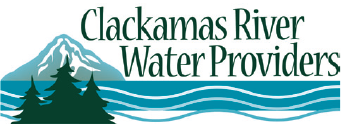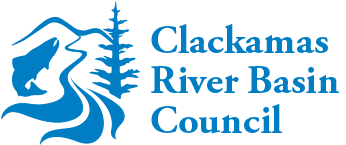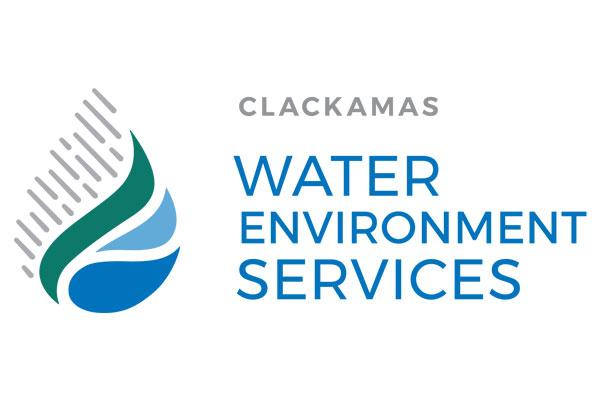Maintaining an attractive lawn that is functional and beneficial to the urban environment is easier than you might think. Here are some tips on how to reduce the environmental impact of your lawn-care practices.
Safest
Annually aerate, de-thatch and over-seed bare spots in spring. This will keep the lawn dense and healthy, which keeps out weeds. Use a long-handled weed removal tool for easy weed removal. Fertilize only in fall with a slow release fertilizer, if at all.
Next Best
If you choose a weed or insect control product, look for the OMRI label which helps identify less hazardous chemicals. Always read and follow the label, as even natural/organic products can be harmful. Only apply products when multiple dry days are forecast. Spot spray only the individual weeds you really can’t live with!
Important Measures You Can Take
Do not apply pesticides, herbicides or fertilizers under windy conditions, or when rain, snow or hail is predicted within the next 48 hours.
Consider hiring an ECOBIZ certified landscaper!
How pesticides can be harmful
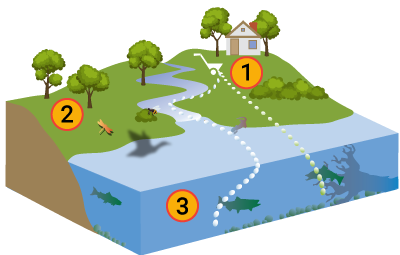 Pesticides can cause problems for our health and the environment even when applied according to label directions.
Pesticides can cause problems for our health and the environment even when applied according to label directions.
- Pesticides can make their way into waterways through run-off and leaching.
- Very small amounts of pesticides can be lethal to beneficial insects and birds.
- Pesticides in waterways pollute drinking water and can harm fish and other marine life.
Be pesticide wise
Always read and follow directions on the label. Labels have important information on how, when and where to use products. The label also has safe handling and first aid instructions.
The largest part of the label, Directions for Use, includes specific information about how much pesticide should be mixed and applied, where the pesticide may be used and how often applications may be made. More is not better.
- Avoid broad spectrum pesticides that can kill or harm many beneficial species
- Look for plant-based insecticides that use oils and extracts from plants to deter insects
- Use fragrant plants to repel insects
Ensure that people and pets are not exposed.
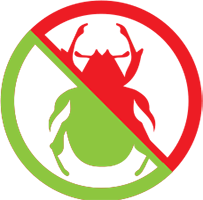
Lower toxicity pesticides
Break down quickly, attach to soil or are absorbed by plant
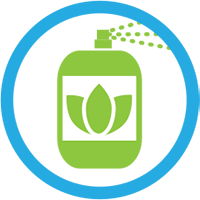
Botanical insecticides
Neem oil and pyrethins are naturally occuring plant extracts
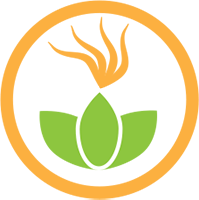
Fragrant plants
Marigolds, feverfew, basil, sage, chives and rosemary are avoided by many insects
Prevention is the key to a green yard and a clean river
Starting out with a healthy lawn or landscape is the best way to prevent weeds from coming in. Healthy soil and dense groundcover, whether grass or other plants, will inhibit weeds in the first place. Bare soil is an invitation to weeds. Keep weeds from getting established:
- Plant native trees and shrubs that thrive in Oregon’s wet winters and hot, dry summers
- Mulch trees and shrubs to lock in moisture and prevent weeds from sprouting
- Use weed block fabric in areas not heavily planted

Plant native plants
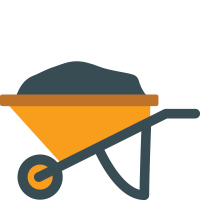
Mulch open areas
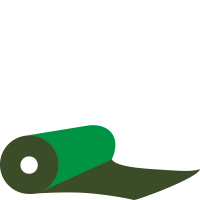
Use weed block fabric
Ask yourself if you can live with a few weeds? When you do find weeds that you just can’t live with, you have choices:
- Remove the weeds by hand*, or with tools such as a dandelion fork. For those that spread by seed, cut and remove before they go to seed.
- If you decide to spray, spot spray the few weeds you really can’t live with, only when necessary.
- Reseed the spot treated areas with grass seed, lawn patch or a replacement plant.
- Fertilize and weed your plants separately. Weed n’ feed products combine fertilizer and herbicide. When you use these products you may over apply herbicide. Use only the products you need!
*Note: some weeds are difficult to control and may require special techniques to successfully eradicate it. Examples include knotweed, lesser celandine, invasive blackberry, bittersweet nightshade, giant hogweed and many others. Contact the Clackamas Soil & Water Conservation District or OSU Extension for details.
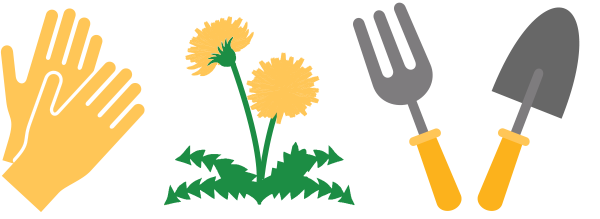
Equipment and weather
Well-maintained and calibrated application equipment are key to being able to apply pesticides efficiently at correct rates.
- Do not use pesticides when rain is expected, to avoid run-off or leaching into groundwater
- Do not spray pesticides when windy to avoid drift from the target area
Lawn
A lawn requires more water and maintenance than most other plants. Evaluate your need for grassy areas — are they practical and functional for your needs? Or can you convert some lawn to a low water-use landscape? Consider lawn alternatives such as ecolawns, groundcovers and low water-use plants for areas where there are steep slopes or irregular shaped spaces that can be difficult to water and maintain.
Lawn care practices that help you keep a lush, healthy lawn without pesticides:
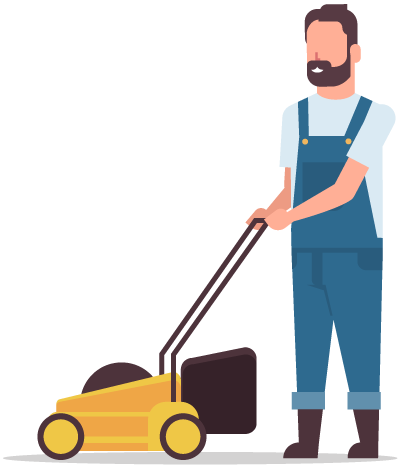 Mow regularly — once a week or more, as needed. For most lawns, a mowing height of 2–3 inches is recommended. Mulch mowing returns nitrogen back to your lawn.
Mow regularly — once a week or more, as needed. For most lawns, a mowing height of 2–3 inches is recommended. Mulch mowing returns nitrogen back to your lawn.- Keep your lawn thick and robust by applying grass seed regularly. Apply grass seed or lawn patch to thin areas in the spring and early fall. Cover up bare soil with seed.
- Fertilize with slow-release fertilizer once a year in the fall to promote robust growth the following spring.
- Lawns grow best with soil pH between 6.0 and 6.5. Check your lawn’s soil pH and amend if needed.
- Aerate your lawn if the soil is compacted or water does not penetrate well. Well-aerated soil helps to grow healthy lawn grasses. Apply grass seed after aerating.
- Thatch is built-up organic material at the base of grass plants. When it builds up, grasses die back and weeds and insect and disease pests might occur. Remove thatch if it exceeds 1/2 inch deep. Apply grass seed to your lawn after dethatching.
- Keep your lawn mower blade sharp. Dull blades don’t make a clean cut when you mow. This ragged cut on the grass can lead to lawn pests and diseases.
More information on practical lawn care
Our Partners
Clackamas Water Environment Services is proud to partner with Clackamas River Water Providers and Clackamas River Basin Council to provide water health education to protect our rivers and streams.
 Translate
Translate







